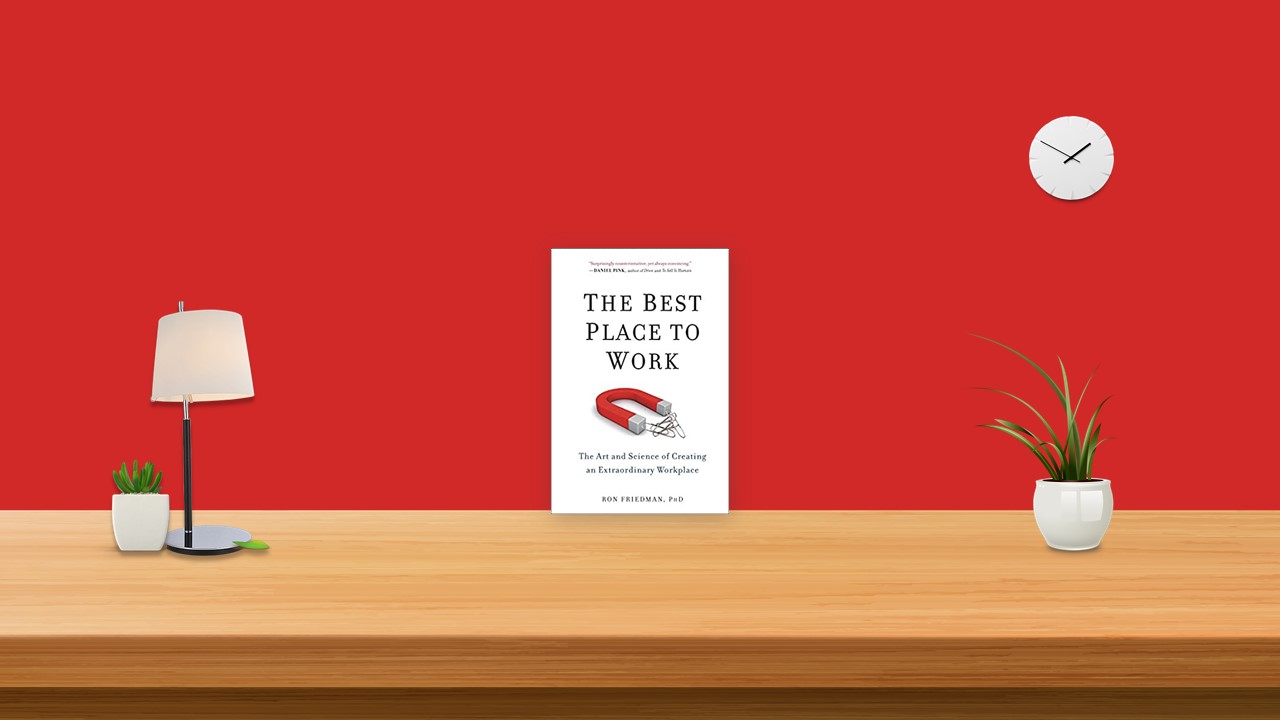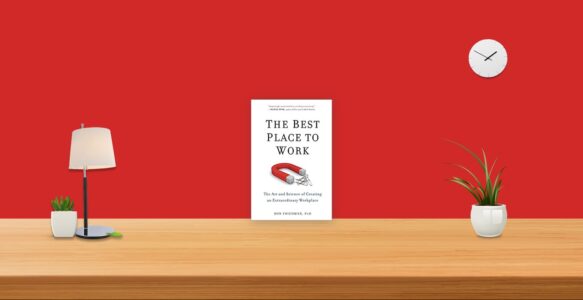How Play Makes Problem Solving Easier
In many ways, problem solvers are like artists. Taking a few steps back provides painters with a fresh perspective on their subject, lending them a new angle for approaching their work. Problem solving follows a similar recipe, but it’s not always the physical distance that we need as much as the psychological distance—mental space for new insights to bloom. Walking away doesn’t just put our unconscious to work: It helps us see our problem with a new perspective. We become less emotionally attached and free ourselves from the influence of those in our immediate surroundings.
Putting ourselves in a childlike mind-set opens us up to alternative ways of thinking.
One way many organizations—particularly those whose employees are engaged in high-level thinking, like Google and 3M—leverage this insight is by deliberately scheduling play into the workday. Play may seem like the domain of children, and in some ways that’s the point. We are naturally creative when we’re young, in part because our brains have not quite developed the capacity to prejudge and censor our ideas.
Why Exercise Makes Us Smarter
Exercise restores the balance. The body was designed to burn off excess energy through physical exertion. Emotional buildup requires physiological relief.
Interestingly, when we exercise, we not only heighten our moods with endorphins but also prime our brains to absorb more information. Neurological studies show that when we exert ourselves physically, we produce a protein called brain-derived neurotrophic factor (BDNF) that promotes the growth of neurons, especially in the memory regions of the brain. A 2007 study found that just two three-minute sprints were enough to elevate BDNF secretion in runners, corresponding to a boost in memorization by a stunning 20 percent.
In pushing our bodies we push our brains too.
The gym isn’t the only place employees can get their exercise fix. San Francisco software developer Atlassian, for example, keeps bikes in the lobby so that employees can go for a ride during lunch. In Chicago, toy manufacturer Radio Flyer encourages employees to bike to work by offering them an incentive of fifty cents per mile.
The Creativity Diet
Play, and exercise can contribute to a smarter workplace. But when it comes to fostering innovation, is that really all it takes? The answer, of course, is no.
Steve Jobs, arguably a modern-day genius, had this to say about creativity in a 1996 interview with Wired magazine: Creativity is just connecting things. When you ask creative people how they did something, they feel a little guilty, because they didn’t really do it, they just saw something. It seemed obvious to them after a while. That’s because they were able to connect experiences they’ve had and synthesize new things. And the reason they were able to do that was that they’ve had more experiences or they have thought more about their experiences than other people.
The more ideas we’re exposed to, the more likely we are to find novel solutions. Provide enough inputs and new outputs will emerge.
The challenge in most workplaces is that employees are exposed to the same information day after day, making it difficult to come up with new and innovative solutions. But a growing number of companies, inspired by well-known success stories at Google, Yahoo!, and Facebook, are trying to break that mental rut. They’ve begun inviting employees to set aside a portion of their time each week for free-form exploration and for pursuing projects of their choosing. The only requirement is that their efforts have the potential for benefiting the company in some way.
A Productivity Boost Stronger Than Coffee
It’s 2:14 p.m. Your eyelids are feeling heavy, and now you’re stifling a yawn. A few minutes ago you arrived back in the office, fresh off a satisfying lunch. But now you’re in the throes of what is undeniably a midafternoon crash.
You reach for your coffee mug and head for a refill when a coworker stops you in the hall. He’s discovered an alternative treatment, he tells you. Like caffeine, it improves concentration and alleviates drowsiness. But it won’t give you heartburn or heighten your blood pressure. It’s also been clinically proven to elevate your mood, enhance your creativity, and improve your memory.
Sound too good to be true? It turns out that you used to use this technique all the time. So did your ancient ancestors. It’s called napping.
The tide is changing on workplace napping. In fact, some organizations are so convinced that sleep improves performance, they’re investing thousands of dollars every year in encouraging employees to literally sleep on the job. Among the more generous spenders are Huffington Post–AOL, P&G, and Cisco, all of which have installed Energy Pods in their offices. Retailing at about $8,000, the Energy Pod represents the Rolls-Royce of napping accommodations. Climb into the futuristic-looking capsule and you’ll find yourself reclining on a leather couch that tilts your feet above your heart, improving circulation. A visor prevents light from entering, while ambient sounds slowly lull you to sleep. After twenty minutes of peaceful restoration, a timer goes off, waking you with a gentle vibration.
Yahoo! and Time Warner outsource their napping to local spas that allow employees to recharge in private rooms, complete with aromatherapy and a selection of nature soundtracks. Zappos, Ben & Jerry’s, and even Nike (Nike!) designate in-office “quiet rooms” for employees to sleep or meditate.
Why Disconnecting Is So Much Harder Than It Looks
Staying connected is addictive. It helps us feel needed, in the know, productive. But constant communication comes with a cost. An onslaught of e-mails, text messages, and phone calls breeds a sense of perpetual emergency, fostering an ongoing stress response in the brain.
When we can’t fully log off, we can’t fully recover.
It used to be the case that managers had to push employees to work harder. Today the opposite seems to be happening. In many industries, a key to retaining top talent involves protecting employees from working nonstop, which is why some pioneering organizations are starting to take matters into their own hands, leaving employees little choice but to recharge.
Volkswagen, for example, has begun turning off its e-mail server thirty minutes after the end of a shift and turning it back on just before the start of the next one. They’re not alone in limiting access. Other organizations, like Empower Public Relations in Chicago, are also adopting an e-mail blackout policy, because they find that it helps employees arrive at work fresher the next day.
Daimler, another German automaker, has programmed its server to automatically delete e-mails received during employee vacations, telling senders who they can contact in an employee’s absence. Even the highly regarded Boston Consulting Group has begun monitoring employee paid time off (PTO)—not to identify employees who take too much personal time, but to flag individuals who accrue too many hours without taking a break.
A surprising number of companies have stopped limiting vacation time altogether, including IBM, Evernote, and Netflix. It’s a way of communicating trust in their employees and encouraging them to take the time they need when they need it.
But the workplace with the most outrageously pro–time off policy? Without a doubt, that title belongs to FullContact, a Denver software company that in 2012 implemented a program that actually pays employees $7,500 to take their family on vacation. There are, however, a few strings attached. To receive the bonus, employees must first agree to three strict provisions, as outlined on the blog of FullContact CEO Bart Lorang:
- You have to go on vacation, or you don’t get the money.
- You must disconnect.
- You can’t work while on vacation.
And just why are they being so generous? Lorang put it this way: “We’ll be a better company if employees disconnect.”


